//
Sep 21, 2023
The Importance of Brand Standards for Corporations
A corporate brand doesn't just "happen."
Many grasp the significance of brand standards for the outside world, but equally crucial is ensuring that all employees embrace and represent your corporate brand's distinct essence, setting you apart from competitors.
Before we embark on designing the logo, numerous aspects require attention. Let's commence.
Defining Your Corporate Identity
Crafting a solid corporate brand involves shaping a compelling identity that resonates with all stakeholders. Your brand represents more than just a logo; it encapsulates your core values, mission, and vision.
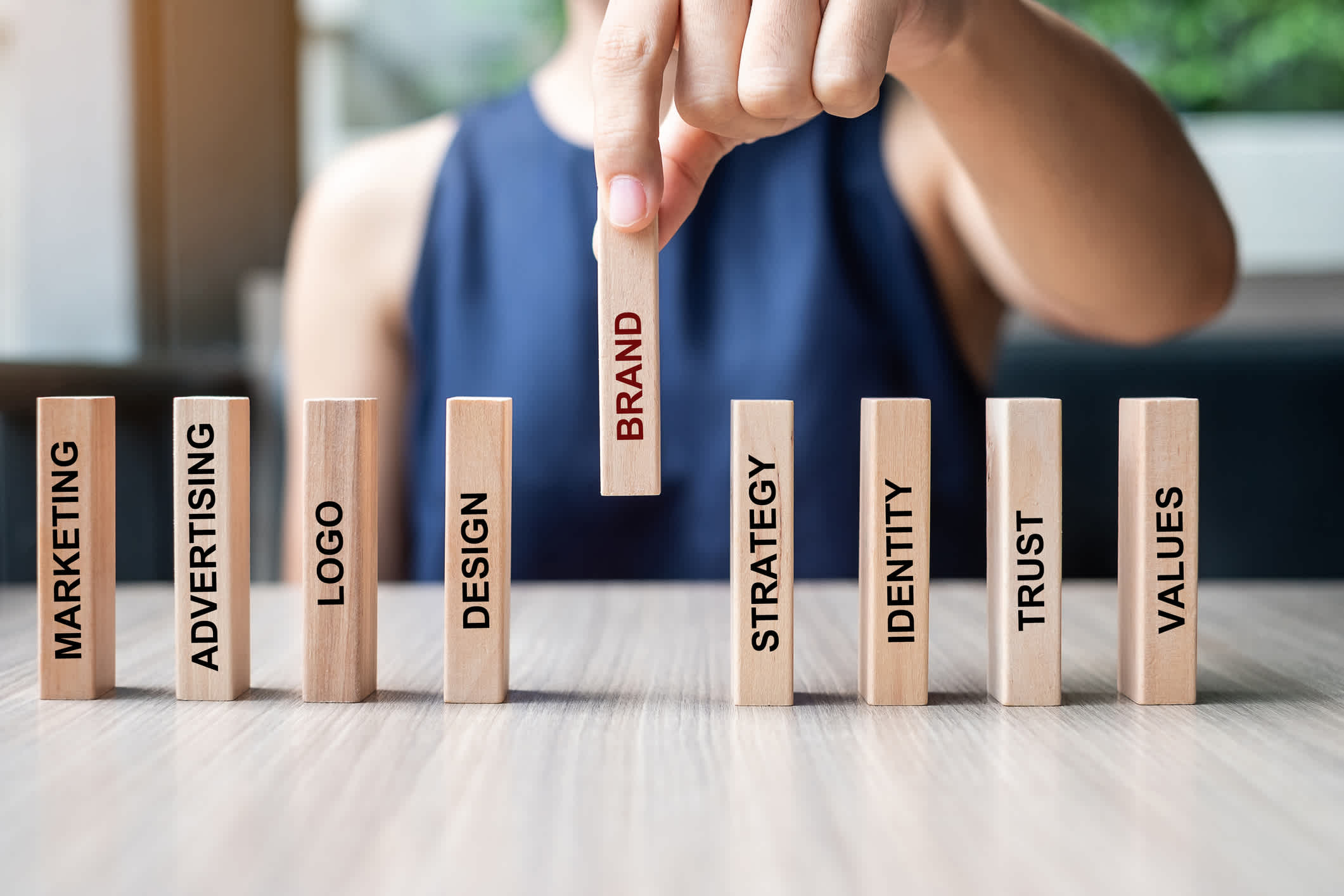
These are the four critical facets of your corporate identity:
1. Identity: Who you are as a company - your unique qualities and culture.
2. Purpose: What you do, the problems you solve, and why it matters.
3. Beliefs: Your convictions and principles that guide your business.
4. Beneficiaries: How your service or product positively impacts your customers or clients.
This cohesive corporate identity fosters trust, loyalty, and recognition, setting your business apart in a competitive marketplace.
Building a Strong Brand Foundation
Establishing your company's brand standards begins with a fundamental question: "Who are we?"

Surprisingly, when you gather three to five people from the same company and ask them this question, you often receive three to five distinct answers. To build a robust foundation for your corporate brand, consider these key building blocks:
- S.W.O.T. evaluation: Analyze your strengths, weaknesses, opportunities, and threats to gain a comprehensive understanding of your organization.
- Brand audit: Examine the message and image conveyed to your audience through print collateral, your website, and advertising materials.
- Competitor audit: Evaluate how your industry peers approach their branding efforts to identify areas of differentiation.
- Discovery session: Engage your company's top decision-makers in an open and honest discussion about fundamental questions: ? What do we do? Why do we do what we do? Who do we serve? Where do we aspire to go?
It's highly advisable to involve a branding expert who can guide you through these steps and facilitate a constructive, open-minded discussion during the discovery session.
The branding agency will provide a comprehensive report to the participants of these steps, outlining the findings from the evaluation, audits, and discovery session. This report will also offer recommendations to address potential conflicts or challenges as you proceed with the branding process.
Once the management team is aligned on your company's identity, mission, target audience, and customer promise, it's crucial to extend this knowledge to the entire organization.
Remember that employees are your corporation's most influential advocates, interacting with customers daily. Ensuring their alignment with and belief in the corporate brand, which encompasses more than just a logo, is paramount.
Constructing a Strong Brand Framework
With a solid foundation in place, the next step in the process is to construct the framework of your brand.
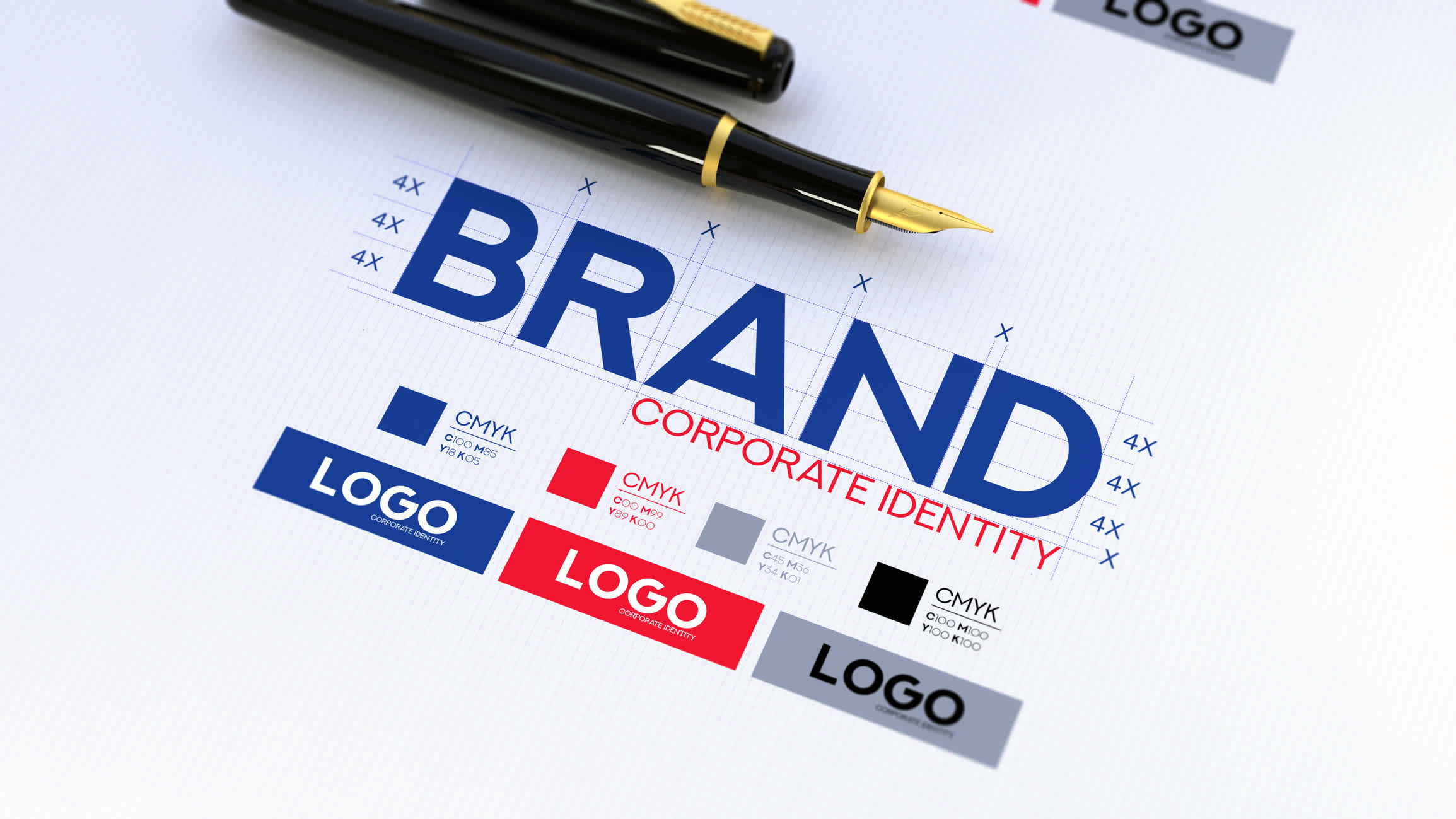
This framework encompasses essential elements that define and guide your company's identity and direction:
- Mission Statement: Articulate the core purpose and values that drive your organization's actions and decisions.
- Elevator Pitch: Craft a concise speech that succinctly defines your company and its unique value proposition. This pitch should be brief enough to be shared in two minutes or less, making it perfect for impromptu elevator conversations.
- Goals: Develop an overview of your company's current position and outline where you aspire to be in the next year, three years, and/or five years. These goals provide a roadmap for growth and progress.
It's vital to ensure that every facet of this brand framework is ingrained in the daily activities of every team member. To achieve this, it is essential for everyone in the company, from the executive level down, to consistently practice and embody the principles outlined in the brand framework.
Shaping Your Visual Identity
With a strong foundation, it's time for the branding agency to bring the brand strategy to life through your visual identity—the logo. Trust the experts to represent your brand essence visually and in the future.
This isn't a phase for committee decisions or amateur experiments. The branding agency will consider insights from the discovery phase and choose the best logo approach. Here are some notable examples for inspiration:
- Wordmarks: eBay, IBM, CNN, Google
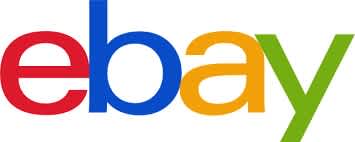
- Letterform: Honda, Uber, McDonald's
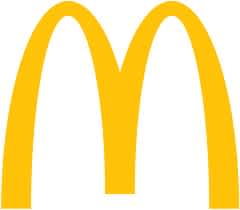
- Pictorial: Starbucks, Twitter, Shell Oil

- Abstract: Nike, British Petroleum, Pepsi

A successful logo should:
- Convey personality, aligning with your brand.
- Use appropriate reflecting emotions and personality.
- Be versatile, working across various mediums.
- If your logo doesn't immediately convey your offerings, consider a short, memorable tagline to differentiate your brand.
- Test your tagline knowledge with examples like and "" These taglines clarify your mission and make your brand memorable.
Ensuring Brand Cohesion
Now that your brand has a strong foundation, a well-defined framework, and memorable visuals, ensuring its consistent application across all materials and platforms is essential.
Brand standards guides are the key to maintaining this consistency.
What Are Brand Standards Guides?
are comprehensive documents that define and codify your brand identity. They serve as a reference point for all brand-related decisions within your organization, ensuring consistency in messaging, design, and communication.
Establishing a solid and consistent corporate brand is crucial for success. Your brand identity sets the tone for how customers, partners, and employees perceive your company.
A concise "Do's and Don'ts" list regarding the logo, fonts, color palette, and elevator speech messaging may suffice in smaller companies.
For larger corporations, comprehensive brand identity guides specify everything, from logo spacing to rule line dimensions and suitable materials for signage.
Regardless of the scope, practical brand standards guides should be easy to understand, in layman's terms, leaving no room for interpretation.
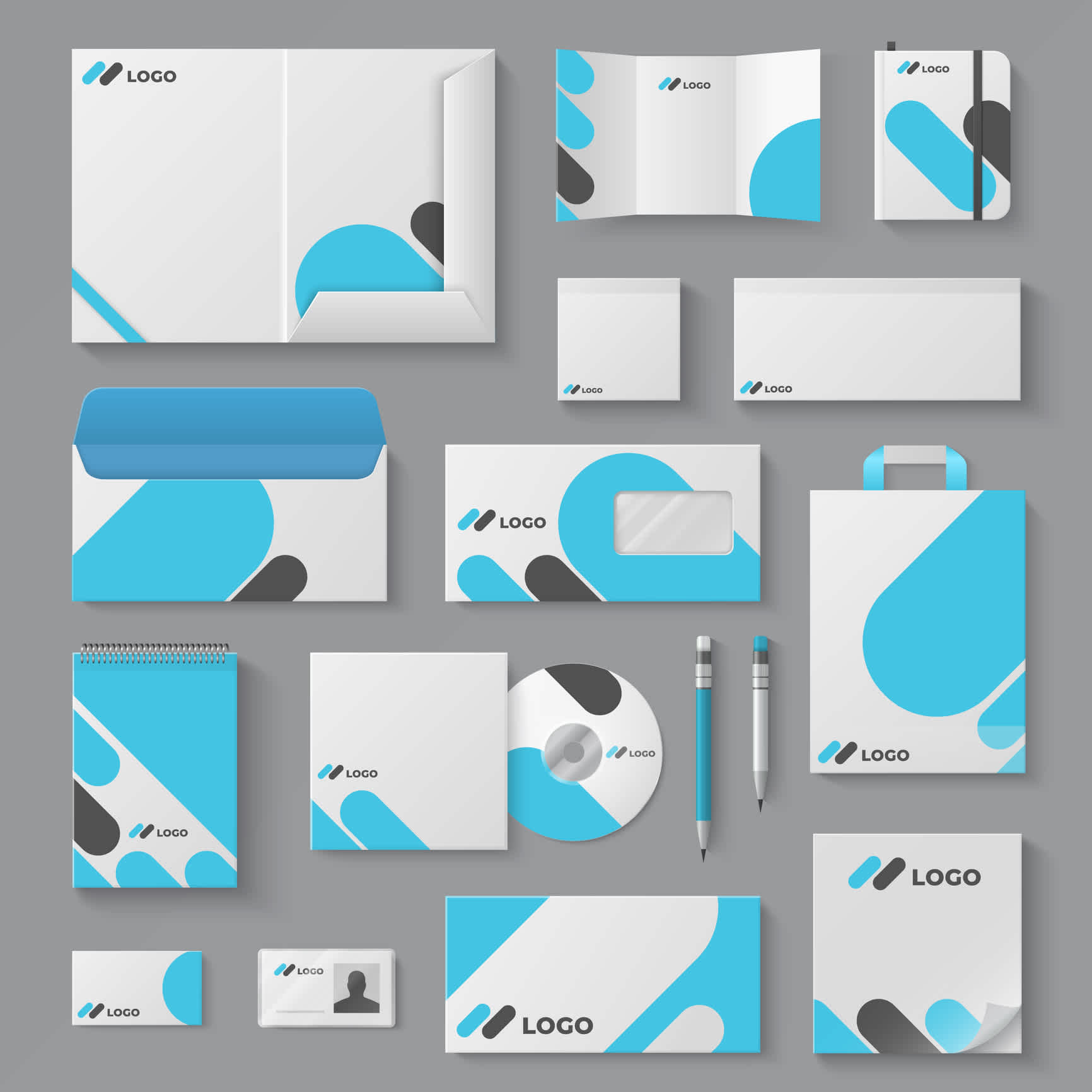
Every company requires that are ingrained in every employee's mindset to:
- Preservecompany-wide.
- Ensure accurate brand representation for internal and external audiences, avoiding mixed messages and misrepresentation.
- Empower your employees to become the best "brand ambassadors" by aligning everyone with the brand's core principles.
When to Seek Corporate Branding Services
To ensure that your brand conveys the right message and aligns with your strategic goals, it's often beneficial to seek the expertise of a branding agency for creating your brand standards guide.
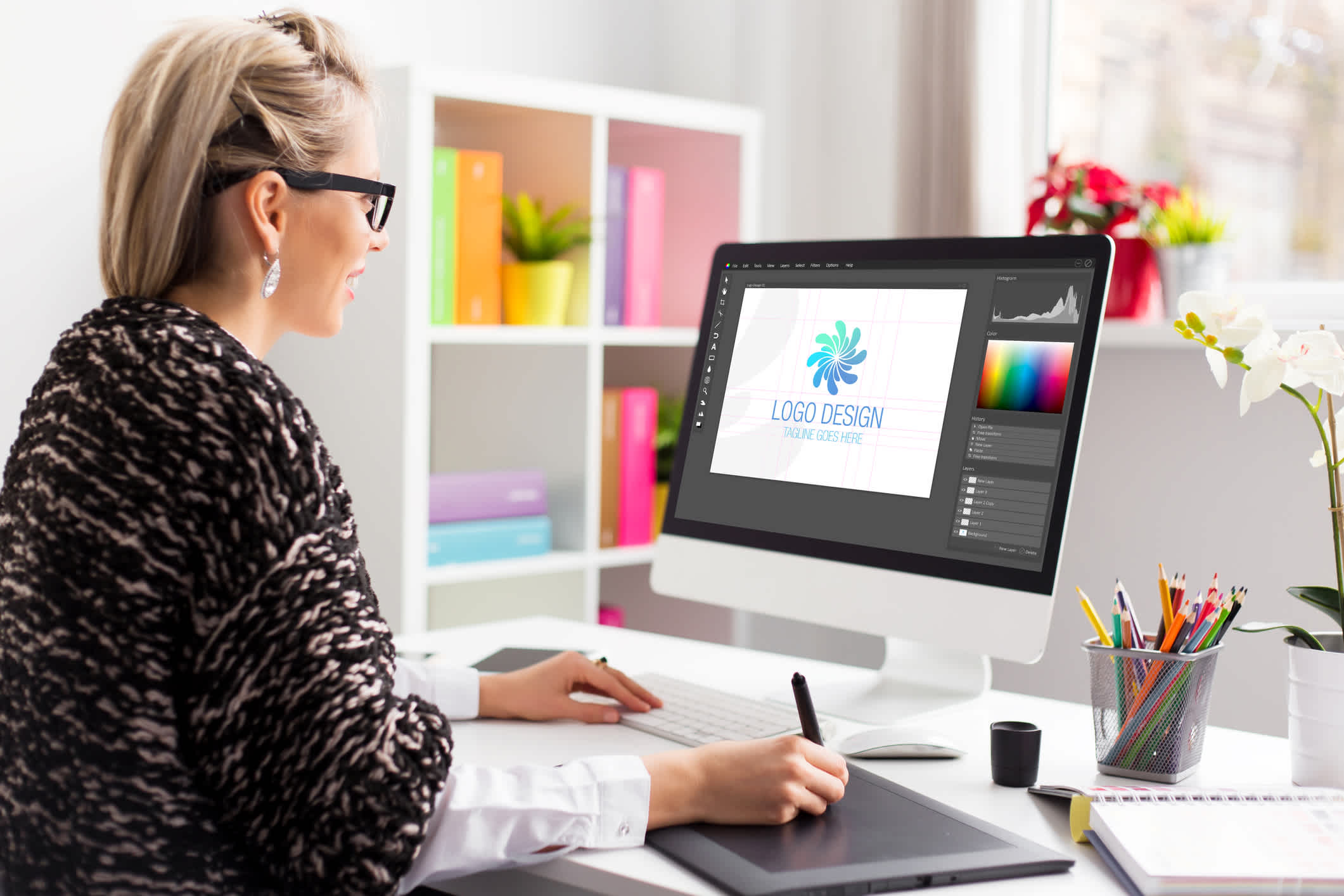
When Should You Consider Corporate Branding Services?
1. Starting a New Business: Launching a new company is an ideal time to engage a branding agency. They can help you define your brand from the ground up, creating a cohesive identity that resonates with your target audience.
2. Rebranding Initiatives: When your company undergoes significant changes such as mergers, acquisitions, or shifts in strategic direction, rebranding may be necessary. A branding agency can guide you through this transition, ensuring a seamless and effective rebranding process.
3. Inconsistent Branding: If your organization struggles with inconsistent branding across various channels, it's a sign that you need professional help. Consistent branding can lead to clarity and dilute your brand's impact.
4. Limited In-House Expertise: Not all organizations have in-house branding experts. If you lack the necessary expertise, outsourcing your branding needs to an agency ensures that your brand standards guide is developed by professionals with experience creating and maintaining strong corporate brands.
5. Expanding into New Markets: When entering new markets or launching new products or services, ensuring your brand remains relevant and resonates with the new audience is essential. A branding agency can help adapt your brand without losing its core identity.
6. Staying Competitive: In a competitive business landscape, staying ahead often requires refreshing your brand to remain relevant and appealing. Branding agencies can help you keep pace with changing consumer expectations and industry trends.
7. Ensuring Consistency: A brand standards guide is essential to guarantee that your brand is consistently represented across all touchpoints. It provides clear instructions for your team, partners, and vendors on correctly using your brand assets.
The Benefits of Working with a Branding Agency
When you engage a branding agency for your brand standards guide, you gain access to:
- Expertise: Experienced professionals who understand the nuances of branding and can create a comprehensive guide tailored to your organization.
- Fresh Perspective: An agency can provide an objective view of your brand, helping you identify areas for improvement or differentiation.
- Efficiency: Agencies streamline the process, ensuring your brand standards guide is created efficiently and effectively.
- Consistency: With a well-crafted brand standards guide, you can maintain consistency in branding across all mediums, fostering trust and recognition among your audience.
- Future-Proofing: Agencies stay abreast of industry trends, helping future-proof your brand by ensuring it remains relevant.
Timing is crucial for corporate branding services and developing a brand standards guide.
Whether you're starting a new venture, undergoing changes, or aiming to improve , enlisting the help of a branding agency can set you on the path to a robust and enduring brand identity.
Conclusion: Elevate Your Brand for Success
From establishing a solid foundation for crafting a compelling visual identity and ensuring unwavering brand consistency, every step plays a pivotal role in your brand's success.
Your corporate brand is more than just a logo; it's the essence of who you are, what you stand for, and why you matter. It's a promise to your stakeholders and a beacon that guides your company forward.
Your brand can shine with the right strategy, expert guidance, and a commitment to upholding brand standards. It becomes a force that resonates with your audience, fosters trust, and sets you apart in a competitive landscape.
So, whether you're embarking on this journey for the first time or seeking to revitalize your existing brand, remember that building and maintaining a strong corporate brand is a continuous process that can make a difference in your organization's success.
Ready to Enhance Your Brand?
Transform your brand with Watermark. Contact us today to discuss our branding solutions.
Ready to Enhance Your Brand?
Transform your brand with Watermark. Contact us today to discuss our branding solutions.







